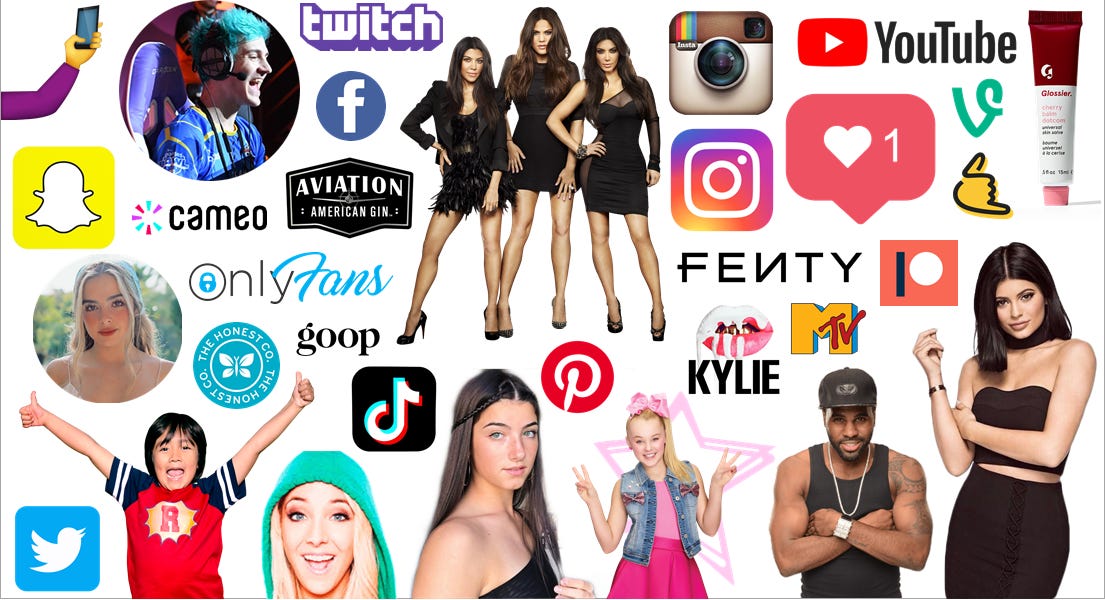According to one TikTok executive, every single TikTok video is given 100 views. How the video performs in those 100 views—how many people like it, comment on it, share it—determines how many more people will see the video in their feed, and so on. Anyone can go viral if their content is good enough. Fame is completely democratized.

